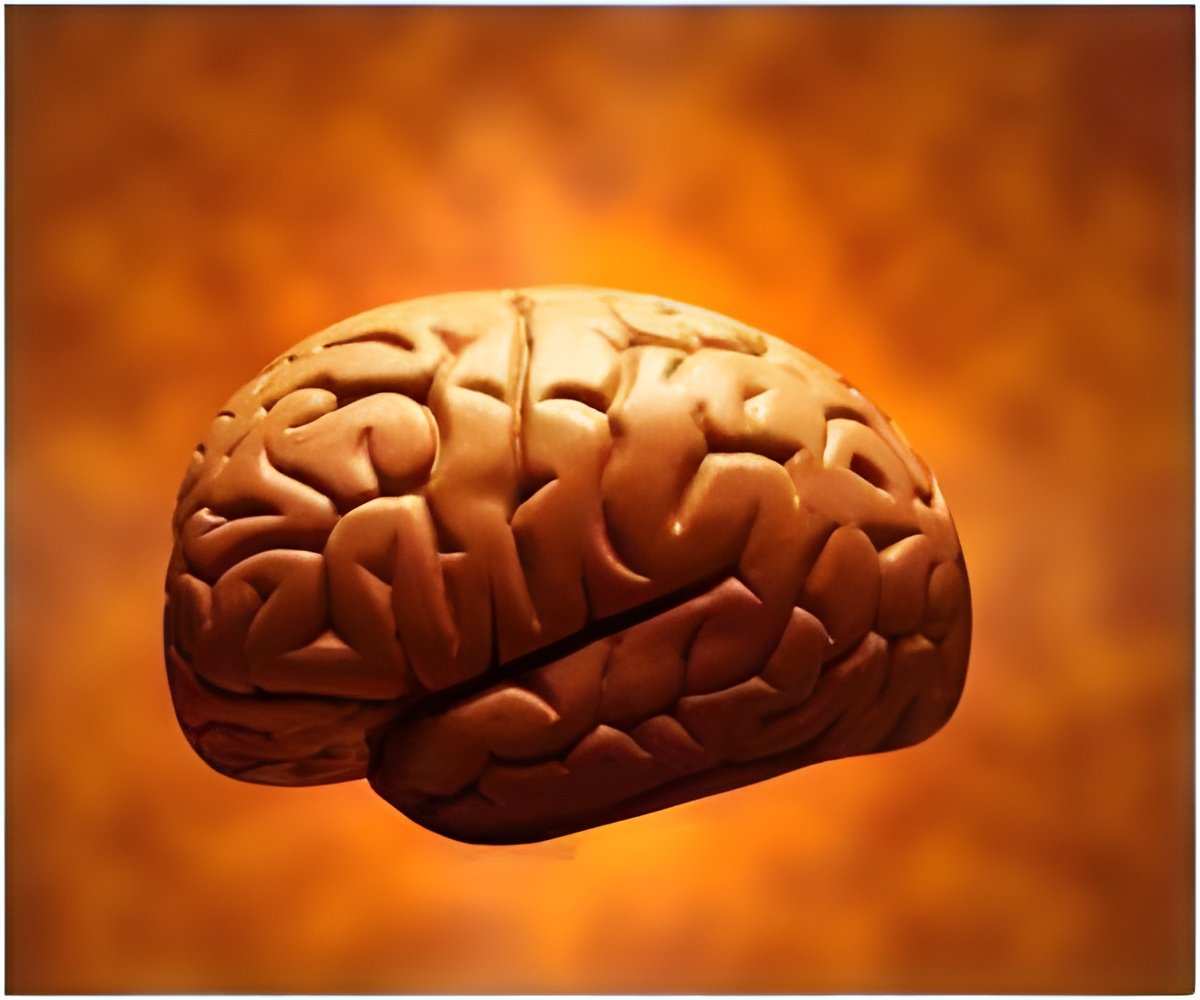Multiple odors prompt the neural activity in the brain that allows us to correctly identify the stimulus, say researchers.

A few seconds after the odor puff is given, the locust gets a piece of grass as a reward, as a form of Pavlovian conditioning. As with Pavlov's dog, which salivated when it heard a bell ring, trained locusts anticipate the reward when the odor used for training is delivered.
Instead of salivating, they open their palps, or finger-like projections close to the mouthparts, when they predict the reward. Their response was less than half of a second. The locusts could recognize the trained odors even when another odor meant to distract them was introduced prior to the target cue.
"There is a precursory cue that could tell the brain there is a predator in the environment, and it has to predict what will happen next. We want to determine what kinds of computations have to be done to make those predictions," Raman said.
The study was published in the journal Nature Neuroscience.
Source-ANI
 MEDINDIA
MEDINDIA



 Email
Email








